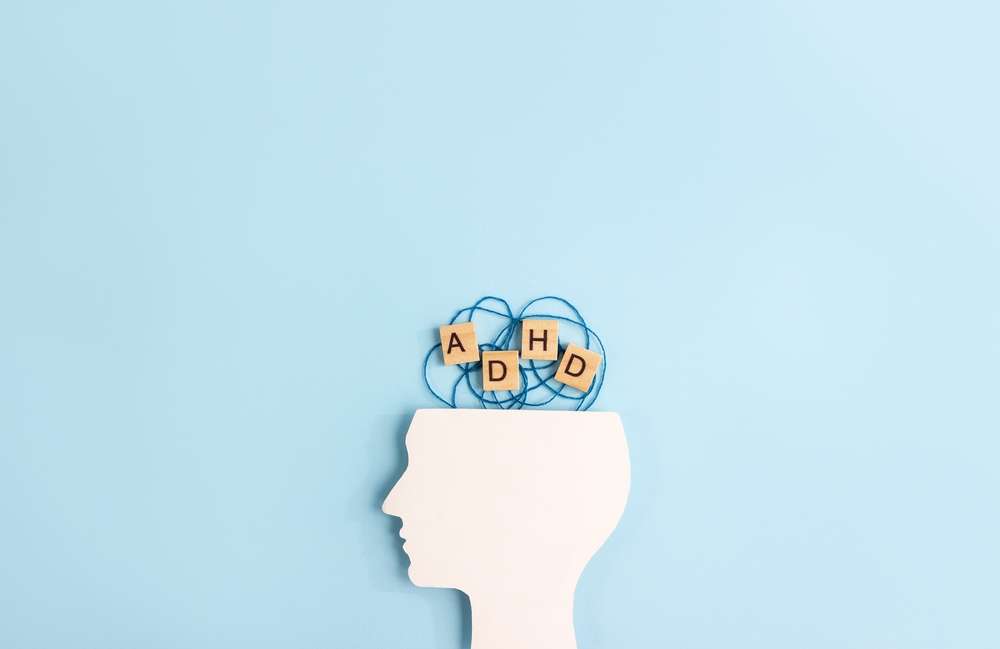Stealthy Indicators Of Huntington's Disease
Huntington's disease often begins with subtle signs that can be easily overlooked or attributed to other conditions. This progressive neurological disorder affects movement, cognition, and emotional regulation, typically manifesting in adults between ages 30-50. Understanding these early warning signs is crucial for timely diagnosis and management. The disease's hereditary nature means that recognizing symptoms early can help families make informed decisions about genetic testing and treatment planning.

Huntington’s disease is a hereditary neurodegenerative disorder that gradually breaks down nerve cells in the brain, leading to progressive deterioration of movement, cognitive abilities, and emotional control. While the disease typically manifests in middle age, its early signs can be subtle and easily mistaken for other conditions or normal aging processes.
This article is for informational purposes only and should not be considered medical advice. Please consult a qualified healthcare professional for personalized guidance and treatment.
Jittery Movements: The Chorea Dance
One of the most characteristic features of Huntington’s disease is chorea, which refers to involuntary, irregular movements that can affect any part of the body. These movements often start subtly, appearing as fidgeting, restlessness, or slight twitching that might be dismissed as nervousness or habit. Early choreic movements may manifest as seemingly purposeful gestures like adjusting clothing, running fingers through hair, or shifting weight from foot to foot. As the disease progresses, these movements become more pronounced and disruptive, affecting walking, eating, and daily activities. The term “chorea” comes from the Greek word for dance, reflecting the flowing, dance-like quality of these involuntary movements.
Mood Swings: The Emotional Roller Coaster
Emotional and behavioral changes often precede the more obvious physical symptoms of Huntington’s disease by several years. Individuals may experience increased irritability, depression, anxiety, or aggressive outbursts that seem disproportionate to the situation. These mood changes can strain relationships and affect work performance, leading families to seek psychiatric help before considering a neurological cause. Some people develop apathy or social withdrawal, while others may exhibit impulsive behavior or poor judgment. The emotional symptoms result from the disease’s impact on brain regions responsible for mood regulation, making early recognition crucial for appropriate support and intervention.
Cognitive Decline: The Disconcerting Fog
Cognitive symptoms in Huntington’s disease typically begin with difficulties in executive function, including problems with planning, organizing, and multitasking. Memory issues may develop, particularly with working memory and the ability to learn new information. Individuals might struggle with decision-making, problem-solving, and maintaining attention on tasks. Language abilities can also be affected, with some people experiencing word-finding difficulties or changes in speech patterns. These cognitive changes often progress gradually, making them initially attributable to stress, aging, or other factors. The cognitive decline in Huntington’s disease differs from Alzheimer’s disease in that it primarily affects the ability to retrieve and use information rather than forming new memories.
The Hidden Enemy: Loss of Motor Control
Beyond the characteristic chorea, Huntington’s disease affects various aspects of motor control that may not be immediately obvious. Early signs include subtle changes in handwriting, difficulty with fine motor tasks like buttoning clothes or using utensils, and problems with balance or coordination. Some individuals may experience muscle rigidity or slowness of movement, particularly in the later stages of the disease. Speech and swallowing difficulties can develop, starting with slight changes in voice quality or occasional choking episodes. Gait abnormalities may emerge, including an unsteady or wide-based walking pattern. These motor control issues progressively worsen, eventually requiring assistive devices and specialized care.
Medication Options
While there is currently no cure for Huntington’s disease, various medications can help manage symptoms and improve quality of life. Tetrabenazine and deutetrabenazine are FDA-approved medications specifically for treating chorea in Huntington’s disease, working by reducing dopamine activity in the brain. Antipsychotic medications like haloperidol or risperidone may also help control involuntary movements, though they require careful monitoring for side effects. For mood and behavioral symptoms, antidepressants, mood stabilizers, or anti-anxiety medications may be prescribed based on individual needs. Speech therapy, physical therapy, and occupational therapy play crucial roles in maintaining function and independence. Nutritional support becomes increasingly important as swallowing difficulties develop, and some patients may eventually require feeding tubes.
| Treatment Type | Medication/Approach | Primary Purpose | Estimated Monthly Cost |
|---|---|---|---|
| Chorea Control | Tetrabenazine | Reduce involuntary movements | $800-1,200 |
| Chorea Control | Deutetrabenazine | Reduce involuntary movements | $6,000-8,000 |
| Mood Management | Antidepressants | Depression/anxiety | $30-200 |
| Behavioral Control | Antipsychotics | Aggressive behavior/psychosis | $50-500 |
| Supportive Care | Physical Therapy | Maintain mobility | $100-200 per session |
Prices, rates, or cost estimates mentioned in this article are based on the latest available information but may change over time. Independent research is advised before making financial decisions.
Recognizing the stealthy indicators of Huntington’s disease requires awareness of the subtle changes that can occur years before obvious symptoms develop. Early identification allows for better planning, genetic counseling for family members, and timely intervention to manage symptoms and maintain quality of life. While the progression of Huntington’s disease cannot be stopped, understanding these early signs empowers individuals and families to seek appropriate medical care and support services. Regular monitoring by healthcare professionals familiar with the condition ensures optimal symptom management and helps maintain independence for as long as possible.




